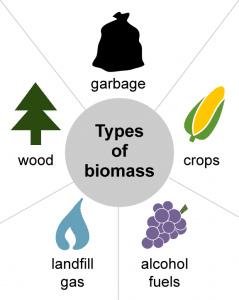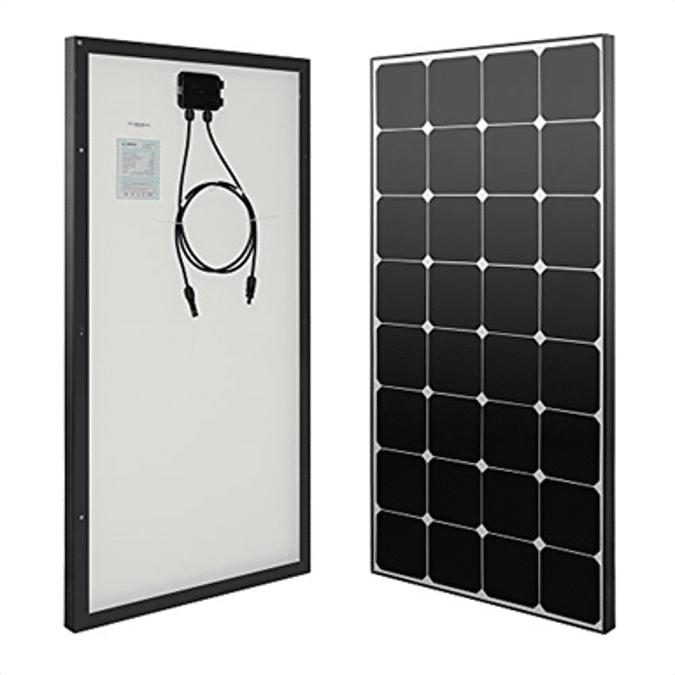The renewable energy created by organic matter like plant and animal is called Biomass. Biomass is sustainable energy that is used to generate electricity and other forms of power.
Biomass is something that you come across in your daily life. When you use your fireplace you burn wood which is a biomass fuel. In this way, you already participate in the conversion of biomass into heat energy.
Renewable organic matter stores chemical energy from the sun. There are many sources of biomass energy.

Sources of Biomass
- Wood: wood chips, firewood, lumber, furniture mill sawdust and waste, and black liquor from pulp and paper mills.
- Crops and food waste materials: woody plants, algae, crop and food residues
- Municipal solid waste: biogenic materials like paper, cotton, and food and wood waste
- Animal manure and human sewage
The plant uses photosynthesis to produce biomass energy. Biomass is also burned directly to produce heat. For renewable liquid and gaseous fuels, biomass can be converted through various processes.
Process of Biomass conversion
- Direct combustion: Heat
- Thermo-chemical conversion: Solid, gaseous, and liquid fuels
- Chemical conversion: Liquid fuels
- Biological conversion: Liquid and gaseous fuels
Biomass energy is carbon-neutral electricity produced from organic matter that would otherwise be left in landfills, or openly burned.
With the developing technology, the emission from biomass in the industrial sites is less than emission produced from fossil fuels.
In the U.S., biomass provided nearly 5 quadrillion Btu (British thermal units) and around 5% of total primary energy, in the year 2019. This is more than the 4% of energy the U.S. produced in 2010.
The use of biomass energy is increasing more and more by developing countries to eradicate the use fossil fuels. The aim is to lower the emission of carbon dioxide.





